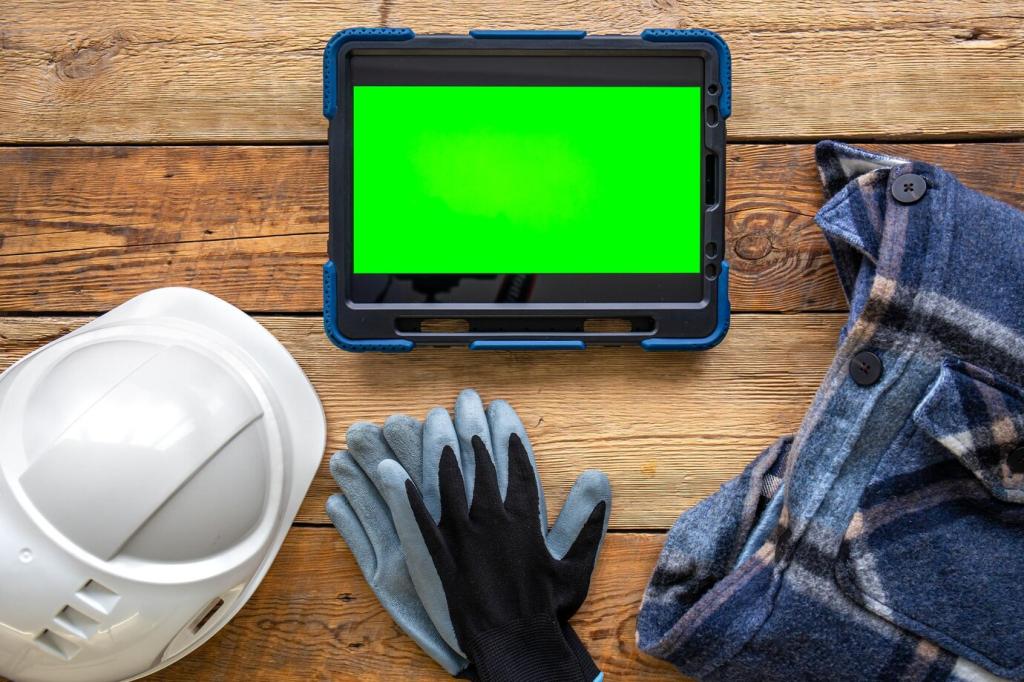Minimizing Chemicals in Furniture Care: Gentle Methods, Lasting Beauty
Chosen theme: Minimizing Chemicals in Furniture Care. Welcome to a calmer, cleaner approach where smart habits, natural solutions, and mindful choices keep your furniture glowing without harsh residues. Join us, share your questions, and help shape our next practical guides.

Start Here: The Low-Chemical Mindset
Before reaching for any cleaner, identify whether your furniture is sealed with lacquer, shellac, polyurethane, oil, or wax. Each finish reacts differently. Read the maker’s notes, patch test discreetly, and log what works. Comment your finish mysteries below.
Start Here: The Low-Chemical Mindset
Dust with microfiber, vacuum crevices, brush gently, and try warm water on a damp cloth before any solution. Physical methods remove most grime. Escalate only if needed. Share your favorite brush or cloth brand that truly reduces cleaning products.
Start Here: The Low-Chemical Mindset
Apply a tiny amount with a cotton swab on the back edge or underside, wait full drying time, then check in natural light. If color lift or tackiness appears, stop. Subscribe for weekly, finish-safe test checklists and printable logs.

Proven Natural Cleaners That Actually Work
Mix one part white vinegar with three parts water for non-porous hardware, glass shelves, and metal legs. Avoid unfinished stone or marble. Wipe, then buff dry with lint-free cloth. Post your shine-before-and-after photos to inspire the community.
Shielding Wood the Gentle Way
Beeswax Cream for Soft Sheen
Use a thin beeswax-based cream sparingly on sealed wood, applying with soft cloth in the grain’s direction. Buff lightly for glow, not gloss. Overuse attracts dust. Comment if you’ve tried different wax-to-oil ratios and what felt best.
Plant-Based Oils, Used Carefully
For oil-finished wood, try polymerizing oils like pure tung or boiled linseed (verify additives). Apply ultra-thin coats, wipe excess, and allow generous curing time. Curious about curing versus drying? Subscribe for our deep-dive on safe, patient oil care.
Stain Strategy Without Stripping
Start with mild soap, advance to mineral spirits only if the finish tolerates it, and avoid aggressive sanding. Many rings respond to time and airflow. Share your water-ring saga; community wisdom often unlocks surprisingly gentle fixes.
Upholstery and Mattresses: Freshness with Less Chemistry
Steam and Sunlight, Thoughtfully
Short, controlled passes with a handheld steamer can release odors and lift surface grime. Pair with indirect sunlight for a brief airing. Avoid prolonged UV on dyed fabrics. Share your timing sweet spot to help others avoid fading.
Microfiber and HEPA to the Rescue
A slow, methodical vacuum with a sealed HEPA system removes allergens and fine dust that cleaners often smear. Follow with a slightly damp microfiber wipe. Comment your vacuum model and why it reduced your need for chemical sprays.
Targeted Spots, Minimal Wetting
Blot, don’t rub. Use diluted castile soap or an enzyme cleaner designed for fabrics, applied with a spray bottle capful at a time. Ventilate well. Report tricky stains, and we’ll compile a gentle, fabric-specific guide next week.
Ventilation that Works
Cross-ventilate when cleaning, use bathroom and kitchen exhausts, and consider a quiet air purifier near soft furnishings. Dilution reduces odors and residues. Tell us your favorite low-energy ventilation tip, and we’ll test it on real rooms.
Dust Traps, Neutralized
Door mats, shoe-off policies, and regular filter changes prevent most particulates from settling on surfaces. Less dust equals fewer cleaners. What small barrier changed your home most—entry mats, window seals, or pet grooming? Drop your answer and results.
Smart Scheduling
Frequent light maintenance beats infrequent deep scrubs. Ten-minute dust circuits twice weekly keep buildup away. Subscribe for our printable, zero-fume checklist designed to slip into busy days without sacrificing weekends.
Stories from Real Homes
One reader rescued a 1950s oak table with warm water, a drop of castile soap, and patience. No stripping, no harsh polishes—just careful buffing. Share your heirloom victories to encourage others to choose slow over strong.
Stories from Real Homes
After a secondhand find, another reader used baking soda, a HEPA vacuum, and two short steaming sessions near an open window. Odor dropped drastically without fragrances. Tell us your thrifted transformations and what you’d do differently next time.


Buying Better: Labels, Questions, and Smarter Choices
Look for GREENGUARD Gold, FSC for wood sourcing, and OEKO-TEX for textiles. These reduce emissions and questionable treatments. If you’ve found trustworthy regional labels, drop them in the comments to expand our collective guide.
